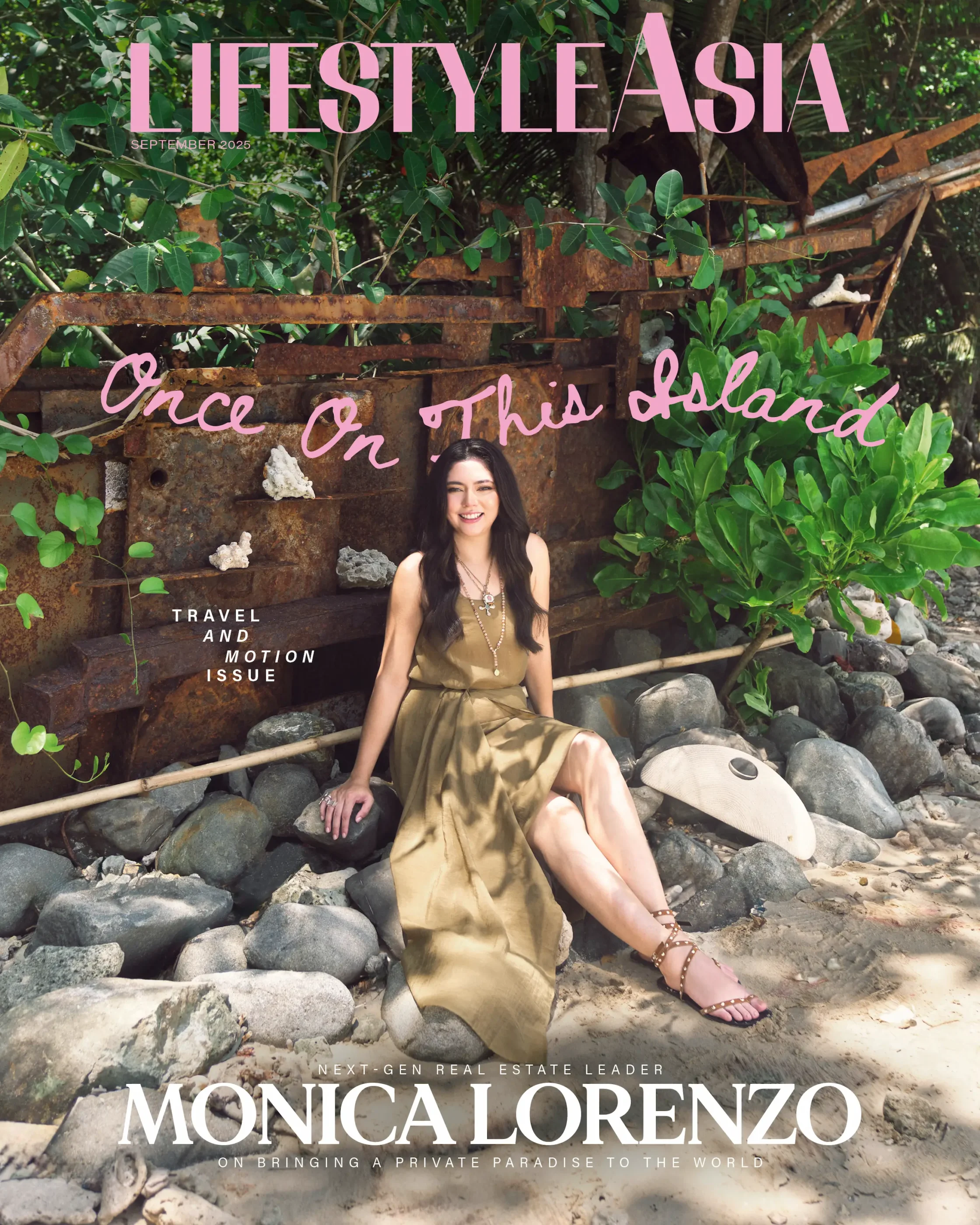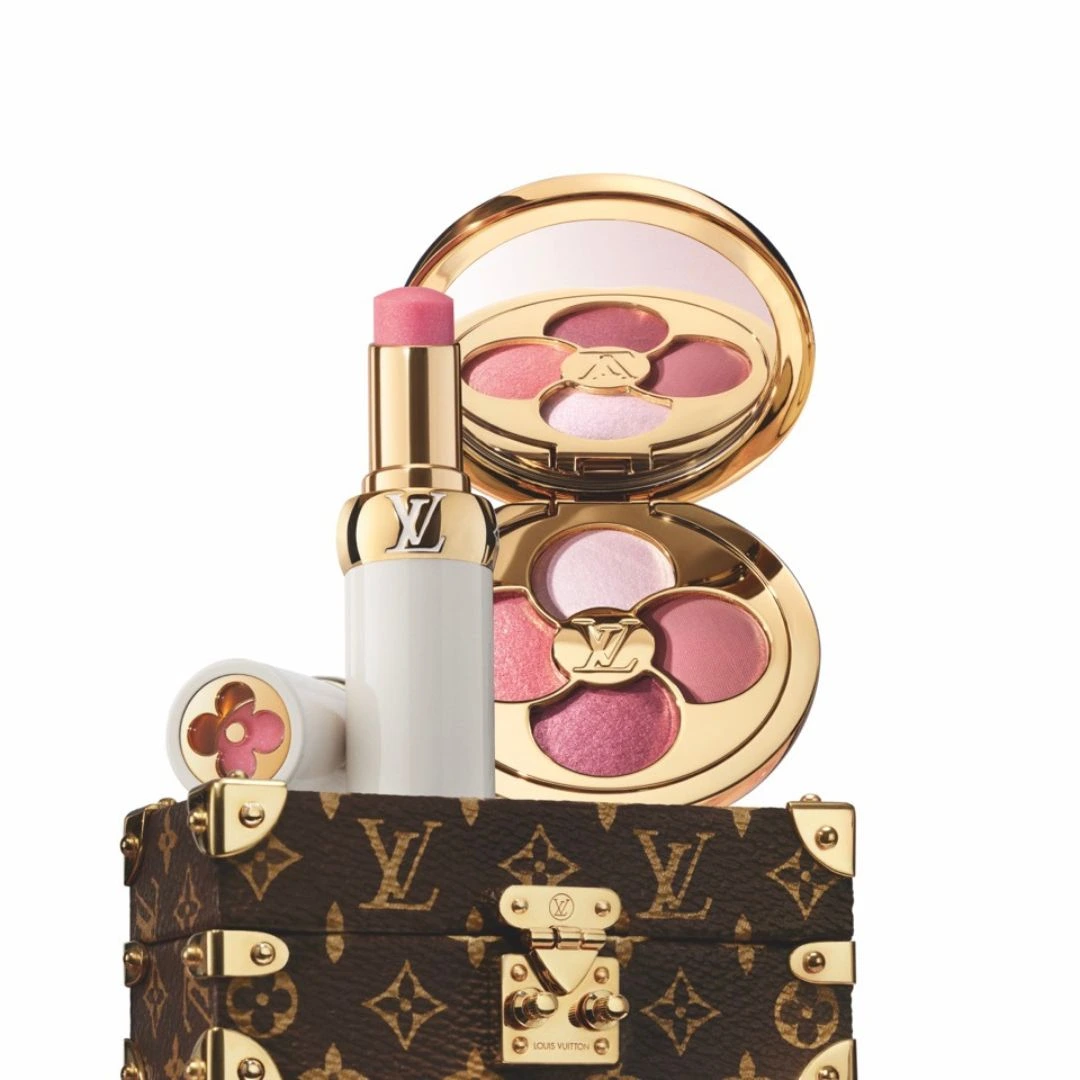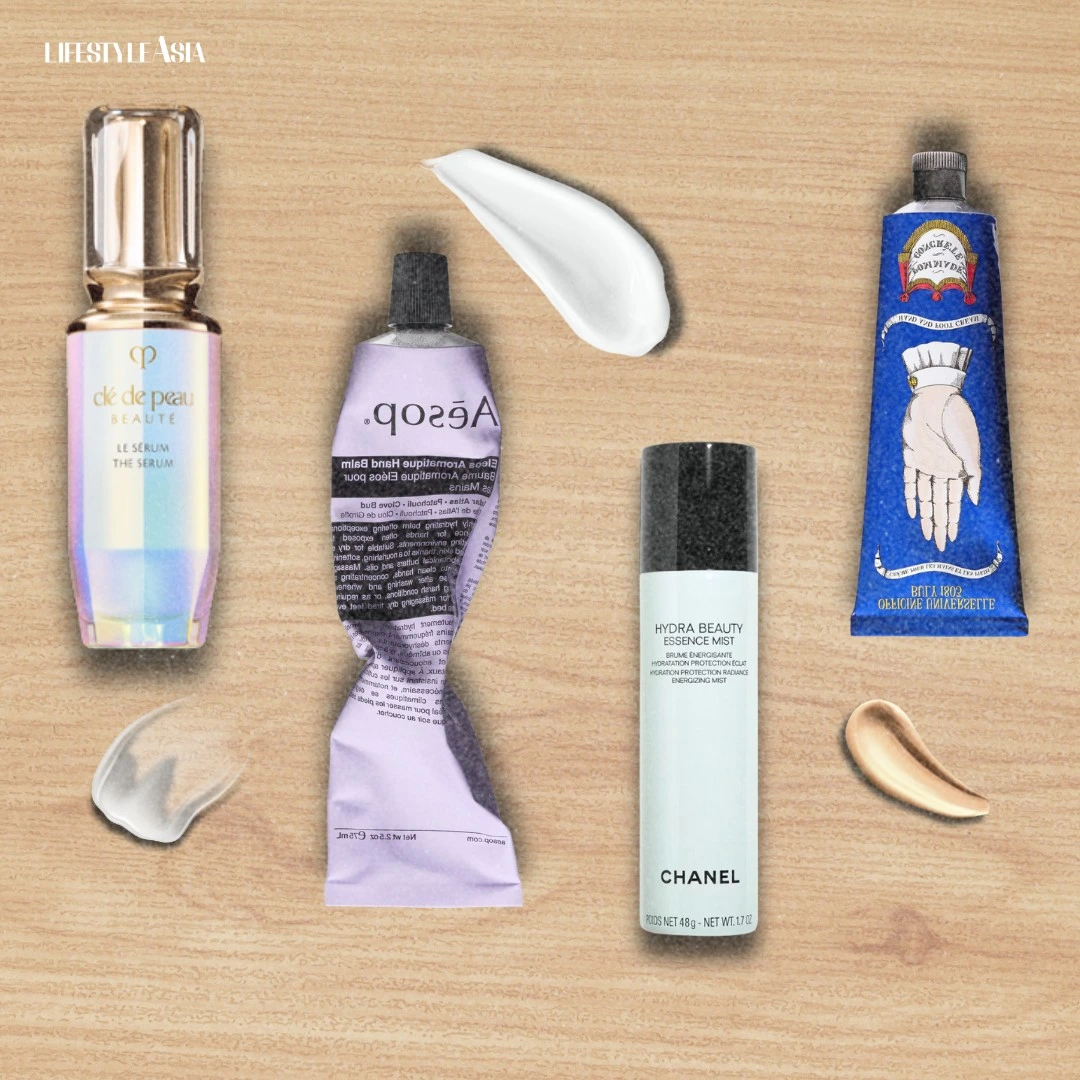Lifestyle Asia spoke with Dr. Gaile Robredo-Vitas, a board-certified dermatologist, to ask a few questions about tanning and tanning oil.
Now that we’re in the height of summer, everyone seems to be off on vacation—hitting the beach, riding the waves, or sipping ice-cold piña coladas by the shore. It’s that time of year when Instagram floods with sun-soaked snaps and beach bods in full display. Back at the office, you can’t help but notice your co-worker’s radiant new tan after a quick weekend escape. And you think to yourself, “I want that island girl aesthetic too.”
So, you pack your beach bag, head to the nearest coastline, grab your favorite tanning oil or lotion, and offer your body to the sun. “Please, sun rays—kiss every inch of my skin.”
READ ALSO: Ancient Rituals, Modern Results
After basking in the sun for hours, coated in a solution that speeds up the tanning process, you finally look in the mirror. A golden goddess stares back. But then you wonder: was it really worth it?
Tanning—and the use of tanning oil—remains a somewhat taboo topic in the Philippines. In a country where fair skin is often idealized, only a few embrace getting a tan. To better understand the effects of tanning, we spoke to a professional dermatologist to help us navigate the sun-soaked subject.
Ask The Expert
Lifestyle Asia consulted Dr. Gaile Robredo-Vitas, a board-certified dermatologist, to answer questions about tanning and the use of tanning oil. Dr. Gaile earned her medical degree from the University of the East Ramon Magsaysay Memorial Medical Center in 2008, and completed her dermatology residency at the Skin and Cancer Foundation, Inc. in 2012.

Dr. Gaile is also a content creator who shares informational videos about skincare, skin procedures, and overall skin health across various social media platforms. She is also the founder of DermHQ, a dermatology clinic dedicated to addressing a wide range of skin concerns.
In regards to tanning, Dr. Gaile started with a disclaimer. “As a dermatologist, I want to be clear: tanning—especially intentional tanning under the sun—is not something I recommend. A tan is not a sign of health or beauty at the cellular level; it’s a visible response to UV-induced DNA damage. That bronzed look comes at the cost of premature aging, pigmentation issues, and increased risk of skin cancer.”
How do you use tanning oils properly?
Tanning oils are typically marketed to intensify UV exposure by enhancing the skin’s absorption to light. If someone chooses to use them despite the risks, they should opt for a formula with broad-spectrum sun protection (SPF 30 or higher). Application should be generous, even, and repeated every two hours—or immediately after swimming or sweating.
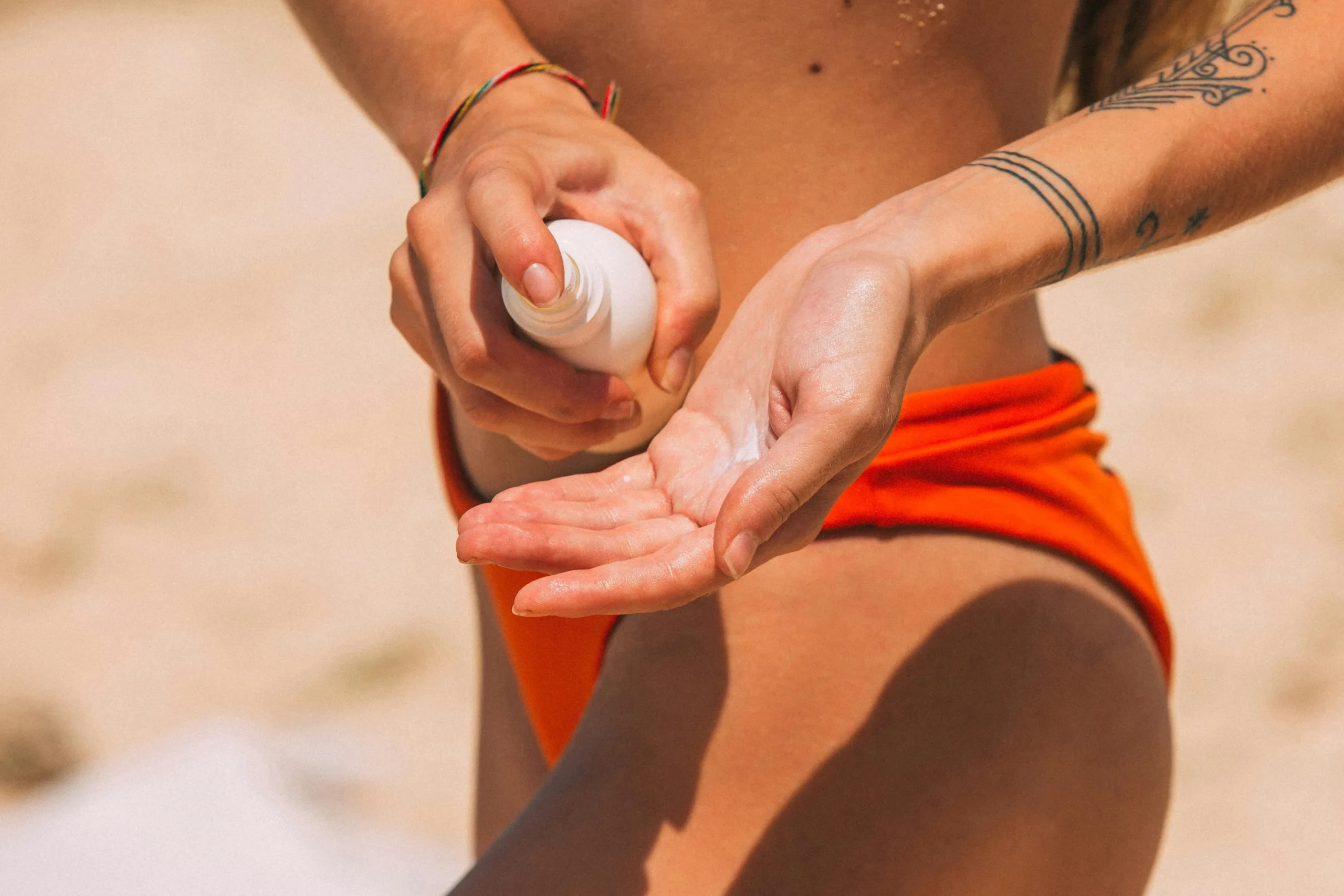
Mikhail Nilov via Pexels
More importantly, exposure should be kept at a minimum, preferably before or after peak UV hours (10 AM to 4 PM). Hydrating the skin pre- and post-exposure is essential, as UV depletes antioxidants and accelerates oxidative stress.
But again, If the goal is cosmetic, I’d urge people to consider safer alternatives like Dihydroxyactone (DHA)-based sunless tanning products, which according to a study by Turner et al., 2023, simulate a tan as a result of brown melanoidins formed by a non-enzymatic Maillard reaction between DHA and amino acid species found in the stratum corneum. No UV required, no skin barrier compromised.
What are the pros and cons of using tanning oils?
PROS: Tanning oils can enhance melanin production by allowing greater UV penetration, making them attractive to those seeking a deeper tan quickly. But it’s important to distinguish between short-term cosmetic benefits and long-term biological consequences.
CONS: Heightened risk of sunburn and UV damage. Most tanning oils either contain no SPF or only minimal protection, leading to increased UV penetration and, in turn, higher levels of DNA damage, oxidative stress, and risk of skin cancer.
Accelerated photoaging and pigmentation issues. UV exposure triggers inflammation and breakdown of collagen and elastin, leading to wrinkles, sun spots, uneven tone, and in skin of color, postinflammatory hyperpigmentation.
False sense of protection. Some individuals assume that having tanned skin protects them from burns. In reality, a “base tan” provides minimal SPF (~3).
Behavioral risk. Studies show that tanning oil users tend to stay longer in the sun, leading to repeated UV injuries. This “tan-seeking behavior” is especially common among younger demographics and contributes to cumulative skin damage.
Considering the intense heat in our country, is the use of tanning oils advisable?
Absolutely not. In a tropical country like the Philippines, where UV indices frequently reach extreme levels, the use of tanning oils—particularly those without sufficient SPF, is not only unsuitable but also dangerous.
Tanning oils amplify UV penetration, increasing the risk of sunburn, photoaging, and even skin cancer. According to the World Health Organization, UV radiation is directly responsible for over 90% of skin cancer cases worldwide. Amplifying that exposure with oil is essentially inviting harm to the skin.
For darker skin tones (like many Filipinos), using tanning oil may not even yield the results people are hoping for. Instead, it can worsen uneven pigmentation, trigger melasma, and cause postinflammatory hyperpigmentation. Aesthetic goals shouldn’t come at the cost of long-term skin health.
Bottom line: The risks of tanning oil use in our climate far outweigh any perceived cosmetic benefits. There are safer alternatives that don’t involve UV damage.
When can you NOT use tanning oils?
From a dermatologic standpoint, I strongly discourage the use of tanning oils altogether.
However, they are especially unsafe in the following situations:
During peak UV hours (10 AM–4 PM), when exposure is most intense.
If you have fair skin (Fitzpatrick I–III), which burns easily and tans poorly.
If you have pigmentation issues like melasma or PIH, photosensitivity conditions like lupus, etc.
If you are on medications that make the skin more sensitive to the sun (e.g., isotretinoin, doxycycline, etc).
If you have a history of skin cancer or precancerous lesions.
Children and adolescents should never use them.
What tips can you give when someone wants to tan under the sun?
My advice as a dermatologist? Don’t. There is no such thing as a “safe tan” from UV exposure—a tan is the skin’s injury response to DNA damage. It’s not a glow; it’s a warning sign.
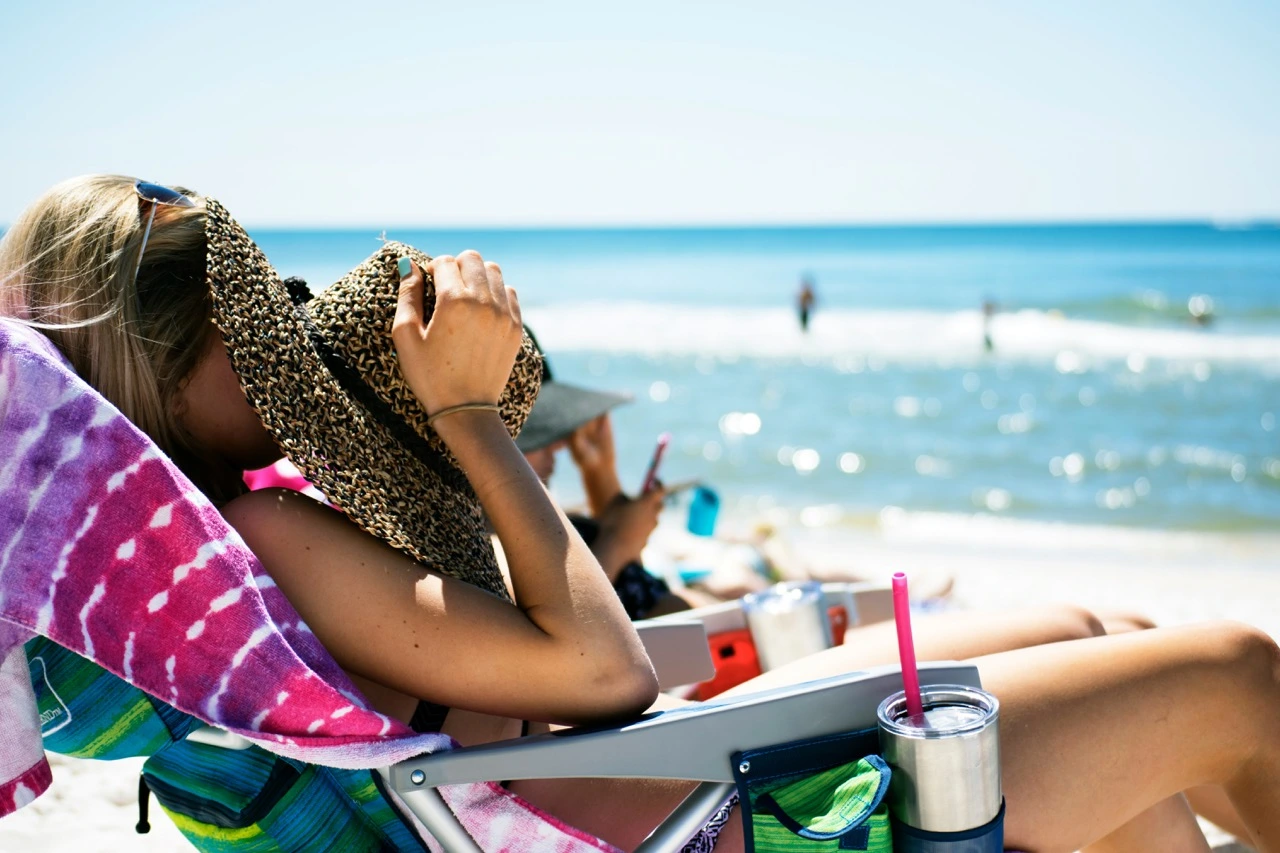
If you absolutely insist on tanning, here are damage-control measures (but not endorsements):
Always wear SPF 50+, broad-spectrum, and reapply every 2 hours.
Limit exposure to very short intervals and avoid midday sun entirely.
Hydrate the skin with antioxidants before and after sun exposure.
Use protective clothing and never tan multiple days in a row.
Banner photo by KoolShooters via Pexels.

